
50cc Roadracing 1965
1965KreidlerAfter the fourth GP of the season, the French GP, Kreidler stopped the racing activities, no longer able to compete with the fast twins, and not prepared nor capable financially to develop a twin themselves. Before they stopped, they used an engine with a nine-speed gearbox with two-speed auxiliary box - giving 18 speeds altogether! |
|
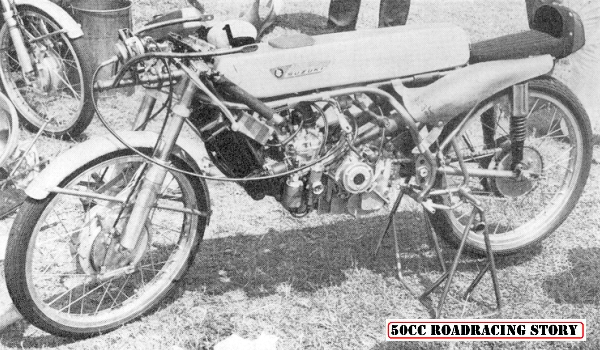
|
SuzukiRealising the threat from the Hondas, Suzuki for 1965 built a totally new bike, the RK65, see pics RK65-1 and -2. This was a water cooled twin with rotating inlets. Bore and stroke 32.5 x 30 mm, for a total capacity of 49.77 cc. Lubrication was by oil pump, mounted behind the gearbox, with small bore piping to all places to be lubricated. Compression ratio the well known 8.8 : 1. The engine was placed in an open tubular frame, of which it was a stress bearing part. At 14,500 rpm the engine produced 14.5 bhp, for a top speed of 165 km/h. However, there was no catching the Hondas, and Anderson could do no better than third behind Bryans and Taveri on Honda twins. |
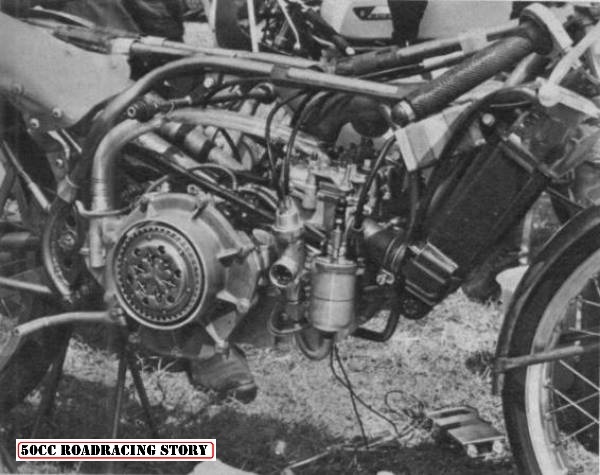 |
 |
HondaIn the 50 cc class, Hondas won 5 of the 8 rounds, and Bryans became world champion, with Taveri second and Anderson (Suzuki) third. Honda also won the manufacturers' title. The machine used was the RC115 (see pic.069-RC115 and 070-RC115 - photos Honda Collection Hall), which had a completely new engine. Bore and stroke were now 34 x 27.4 mm, giving a total capacity of 49.75 cc. Was the enclosed valve angle 72 degrees for the RC114, it was now 56 degrees, with 24 degrees for the inlet valves and 32 degrees for the exhaust valves. Drive to the camshafts was still with a gear train on the right hand side, but was taken from the clutch drive instead of from a gear on the crankshaft, as can be seen in pic. (Photo Honda Collection Hall). What also can be seen in this picture, is that the megaphones were not welded to the down pipes as usual for Hondas, but slipped over them - necessary because they were made of aluminium, to save weight. Carburettors had the flat slides. Power output was a healthy 15 bhp at 20,000 rpm. Lubrication was by wet sump; there were nine speeds in the gearbox. Dry weight was 50 kg - compare that with the 61 kg of the single cylinder CR110 of 3 years earlier! Pic. 071-RC115 (photo J. Kortekaas) shows the left side of the engine with the electronic ignition magneto. It also shows the extensive use of magnesium - everything that's colored bronze-brown. During the season, both high level exhausts and the normal low level exhausts were used. The high level exhausts had the advantage of a smaller frontal area, because the fairing could be kept narrower (see pic 072-RC115, photo J. Kortekaas), which gave less air drag. |
 |
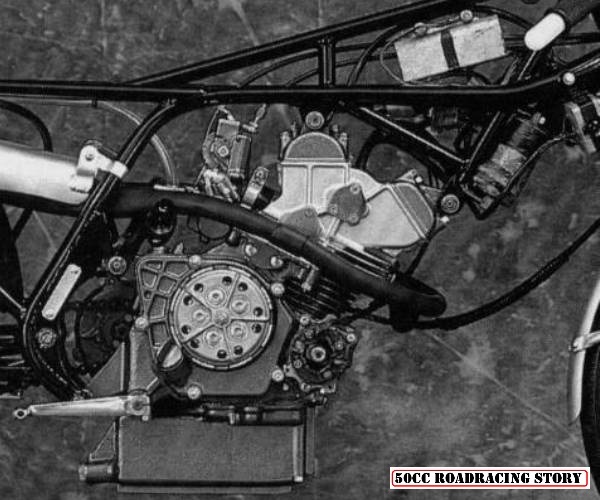 |
 |
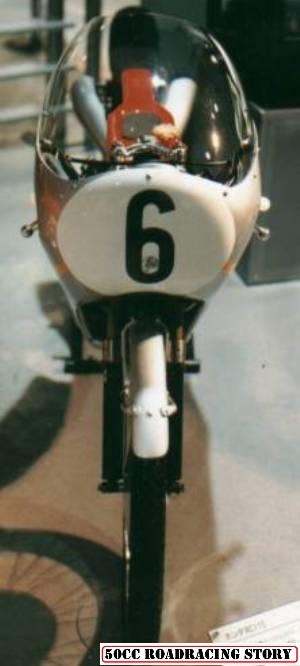 |
DerbiNothing new about the Derbis for 1965 is known, except that they did very well in the various races. |
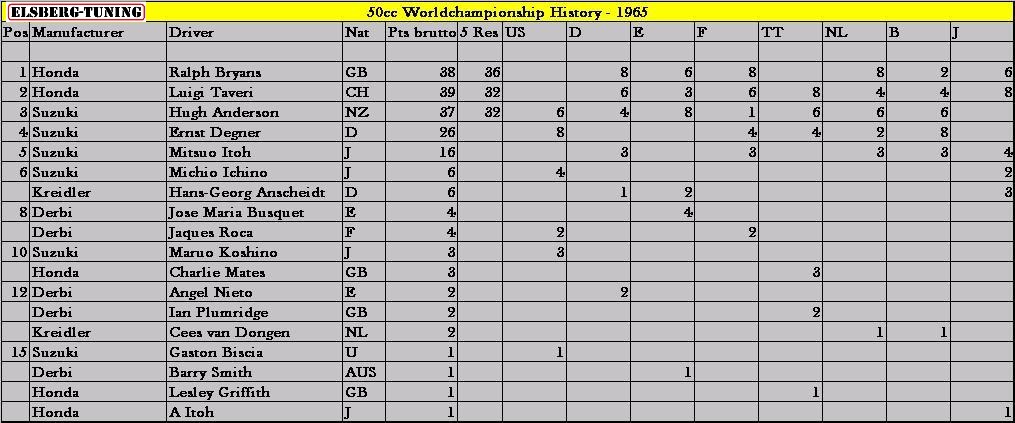 |

|
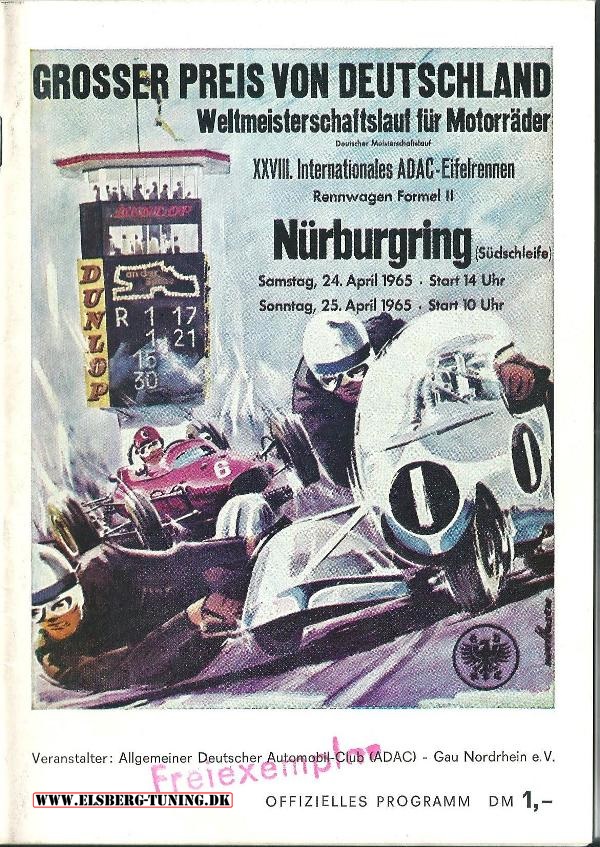 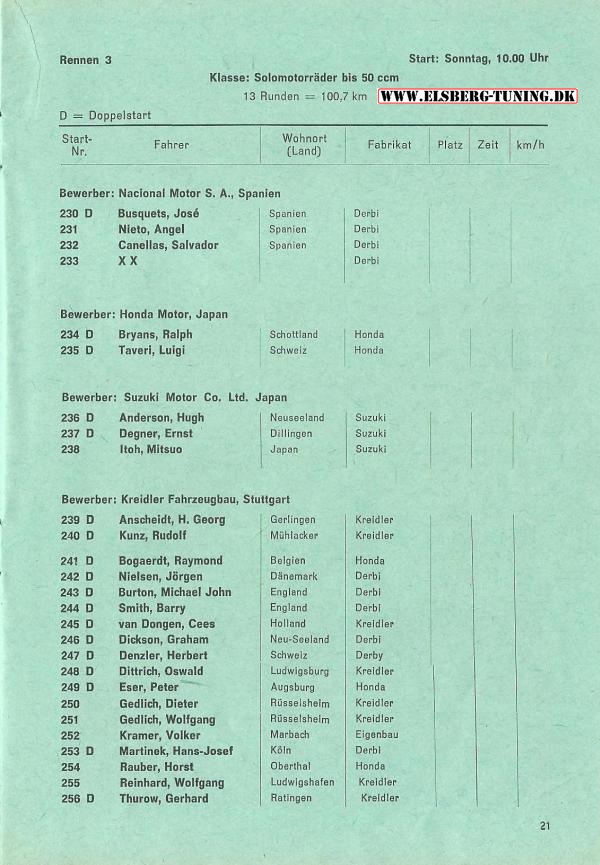 |
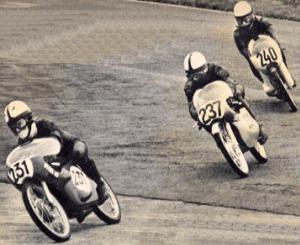  Listen ! Listen ! |
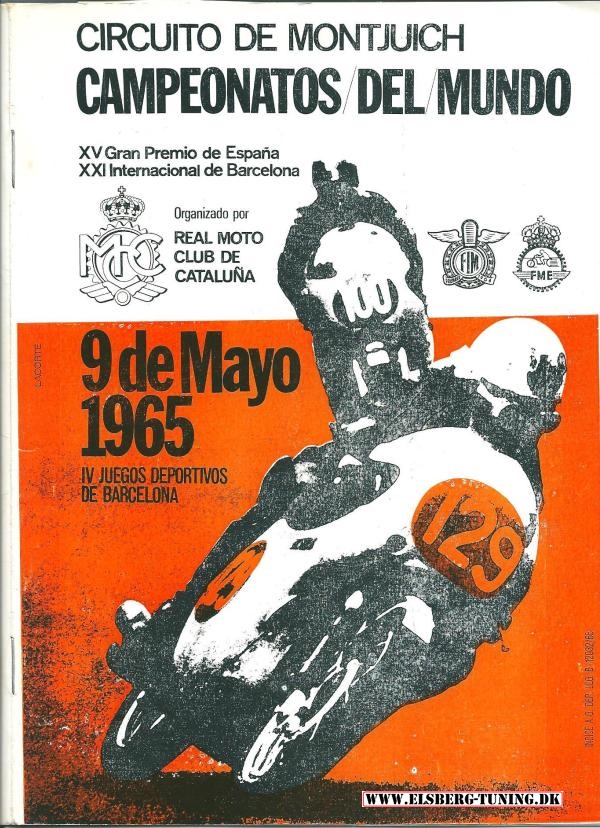 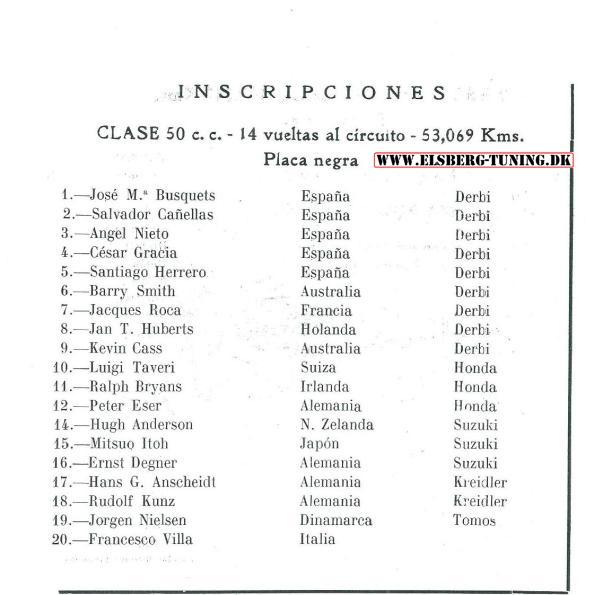 |
   |
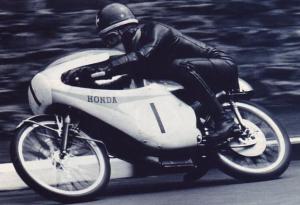 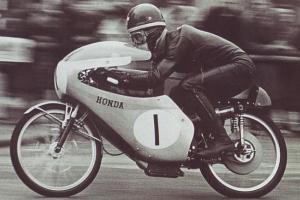 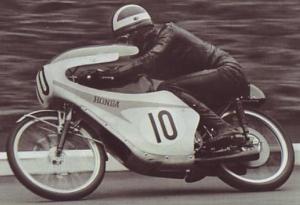 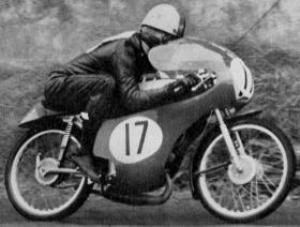 |
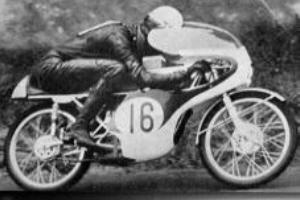 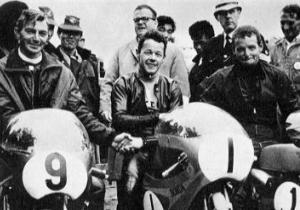  |
  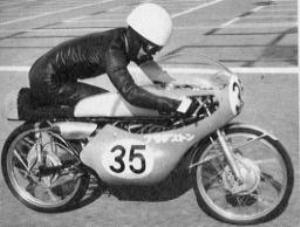 |
 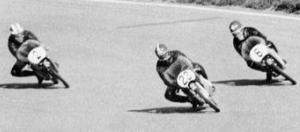 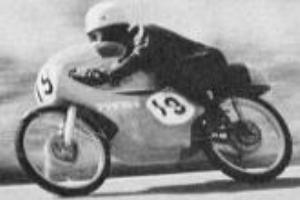 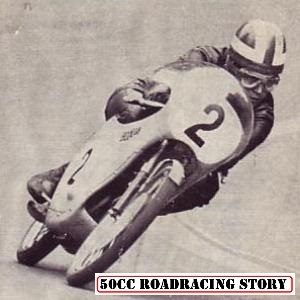 |
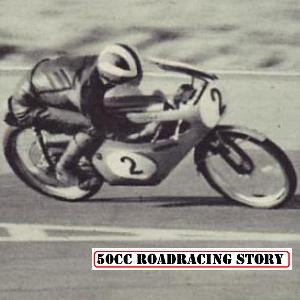 |